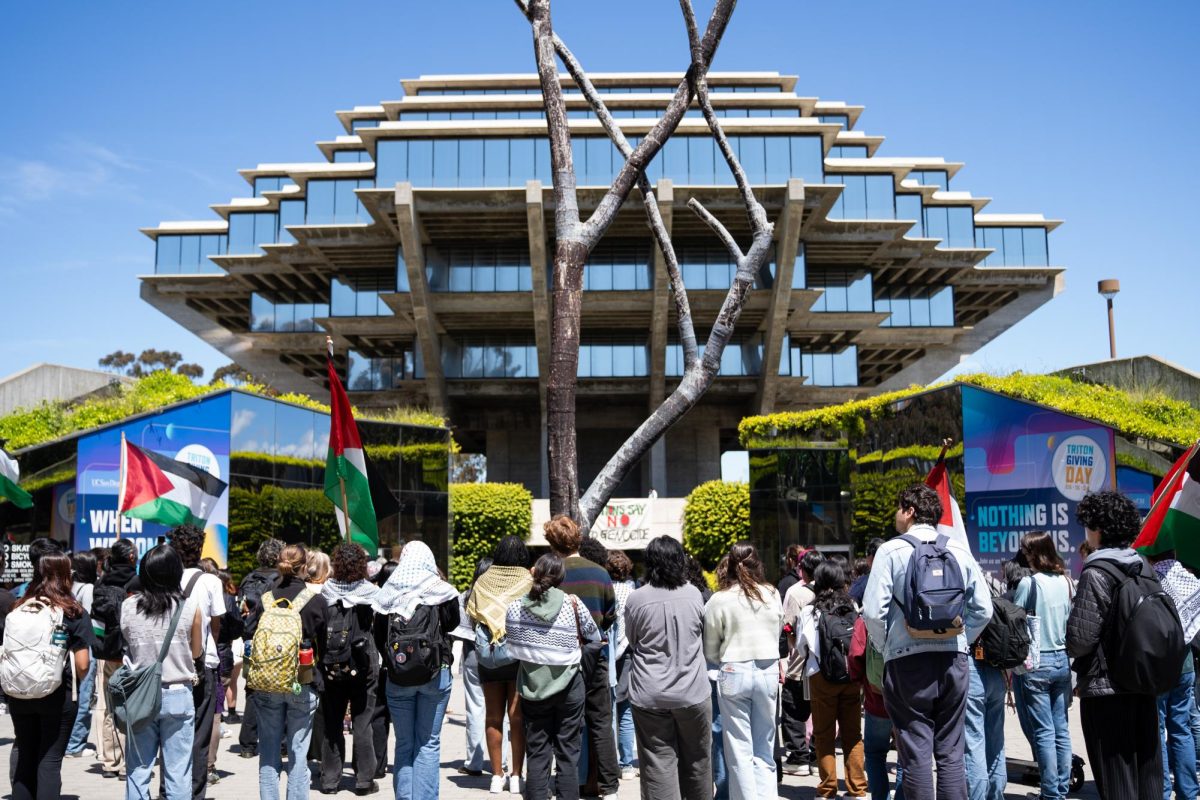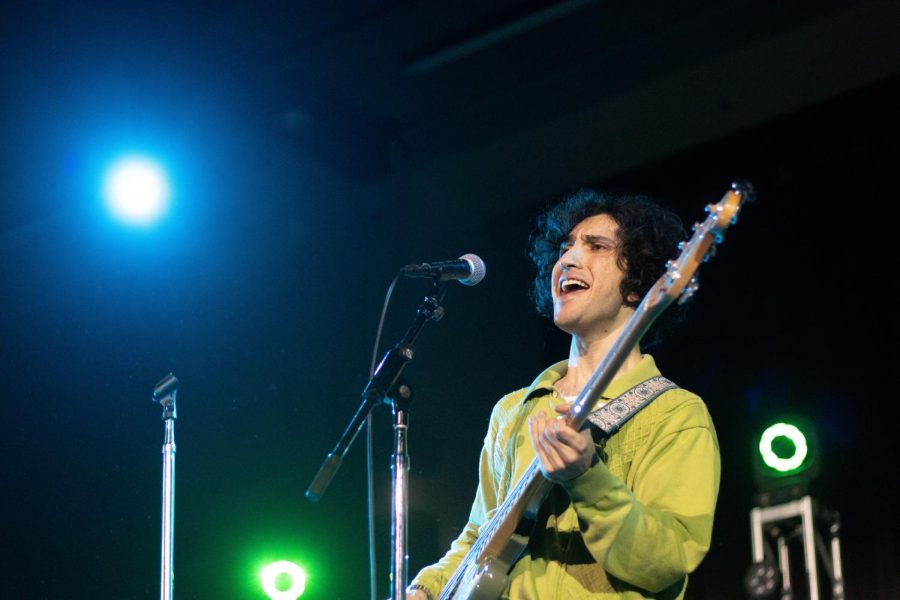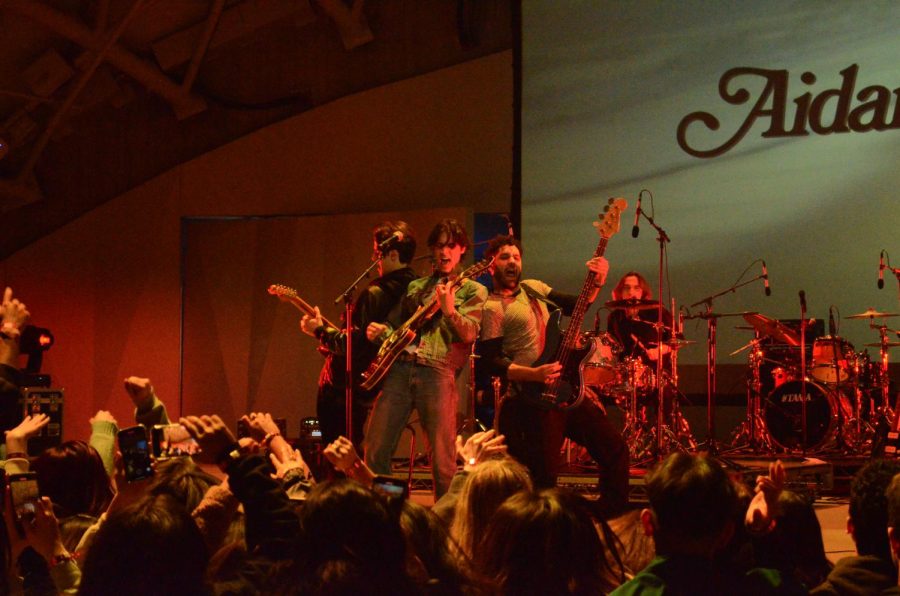It seems that estimations dominate the medical world. Associations will tell you statistics that in and of themselves are interesting, but without context are hard to understand. According to the American Cancer Society, about 3,700 women will die from cervical cancer this year. According to Student Health Services, four types of human papillomavirus, or HPV, cause about 70 percent of all cases of cervical cancer.
Student Health Services, located off of Library Walk, has begun stocking the HPV vaccine and offering treatment to students. The clinic is open to both men and women; no appointment is necessary to receive the vaccine.
According to Debbie Pino-Saballett, the director of health information at SHS, about 50 percent of sexually active people will contract HPV, more commonly known as genital warts, within their lifetimes. In an effort to keep UCSD students from becoming just another cancer statistic, SHS has begun offering the HPV vaccine at their Nurses’ Clinic.
There are about 30 different types of HPV that affect the genital area, most of which are low-risk. Only a few are known to lead to cervical cancer or genital warts. However, regardless of sexual activity, the vaccine is protection against cancer.
HPV itself cannot be cured once contracted, but the vaccine can prevent against the other three high-risk stains if someone already has been infected with one. The vaccine is 100 percent effective in preventing the four strains of HPV that cause cervical cancer — if the patient has not yet been exposed to the strains.
The necessity of immunization before exposure sparked a debate between abstinence advocates and sexual health advocates while the vaccine was undergoing the FDA’s approval process in early 2006. Abstinence advocates, worried that if younger girls are immunized before exposure then the vaccine can be seen as a green light to engage in sexual intercourse because of the lowered risk of contracting HPV, sometimes discouraged its use and opposed making vaccination mandatory.
But the immunization process available at SHS consists of three shots recommended for women between the ages of 9 and 26 years, and Pino-Saballett stressed the importance of receiving all three injections. Without all three, the vaccine is not 100 percent effective.
At $125 an injection, however, it is not the effectiveness of the vaccine that is in question. Despite the costs imposed on students each year for enrollment in the Undergraduate Student Health Insurance Program, the new HPV treatment is among the services that are not insured.
“Student health insurance does not cover [the shots] because it is such a new vaccine. … It was just approved last June or July,” Pino-Saballett said, bringing the total cost of a full immunization to $375. In the future, she said, the Student Health Insurance Committee will look at the cost-benefit analysis of the vaccine and determine if it will be covered by S.H.I.P., but for now, students who want the vaccine must bear the brunt of the costs.
The ambiguity surrounding the vaccine extends beyond its insurance coverage. Pino-Saballett could not estimate the amount of vaccine ordered for UCSD, nor its expected demand from the students here. Doctor’s offices are notoriously rife with waits and delays. It fits, then, that SHS, which has the normal problems of a doctor’s office compounded with the unique issues of a university, is advertising the vaccine but having trouble with its application to the campus. As with all new acquisitions, it may take time before SHS figures out the vaccine’s place at UCSD.







